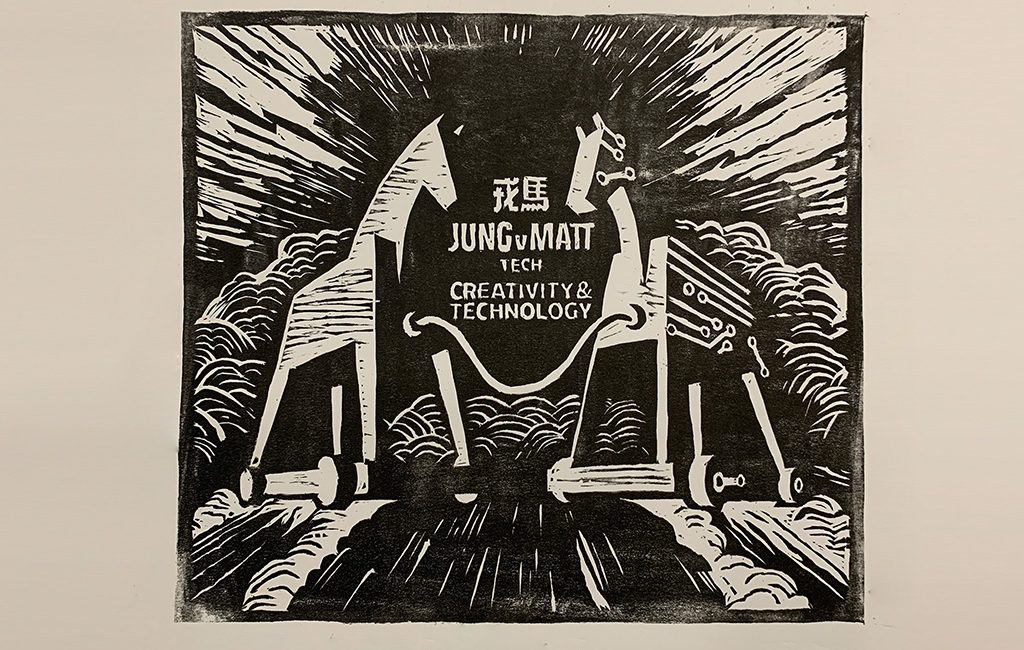
“Just do it”, “Think Different”, “Be Stupid”. These iconic communication campaigns not only triumphed in achieving their business objectives but also became zeitgeist-defining moments.
But times have changed. We don’t see many big campaigns that last a long time anymore. Let’s talk about why.
Firstly, the landscape of market communication has evolved.
Gone are the days when most would watch commercials on television. Apart from the elderly, audiences have migrated. E-commerce has replaced traditional supermarket shopping for many. The majority of target audiences are now spread across various digital platforms, encompassing both social networks and online marketplaces. Thus, a “media-first” approach becomes a pragmatic choice for brands.
The realm of media is fragmented. Platforms operate in silos, striving to retain users within their ecosystems. The closed-loop communication or sales paradigm within each platform curtails the scope of expansive campaigns.
Large media budgets now necessitate immediate, tangible results. In today’s media milieu, “Just do it” might come across as an exhortation to purchase something instantly on an e-commerce site. How then can a campaign achieve monumental resonance?
Secondly, there’s been a seismic shift in people’s browsing behavior.
Consider this exemplar: On TikTok, a mere 3-second window exists to captivate a viewer’s interest, failing which the video doesn’t gain traction. This illustrates two fundamental shifts:
CHANGE 1
The contemporary audience grapples with fragmented attention spans. Outside of marketers, few invest time in an intricate campaign narrative. Communication now needs to be more direct and succinct.
CHANGE 2
Content necessitates meticulous tailoring to align with specific media formats. The archaic strategy of repurposing a uniform message across varied platforms no longer suffices.
Thirdly, a fracturing world and the erosion of erstwhile universal values have sown seeds of confusion.
FACT 1
The strategic tussle among global powerhouses has cleaved the world. With regional value and aesthetic differences intensifying, a singular message often fails to resonate universally.
FACT 2
The pandemic-induced lockdowns have clouded the future of offline events, consequently diminishing the appeal and feasibility of integrated campaigns.
FACT 3
The decline of once-ubiquitous values has rendered audiences somewhat desensitized. As a result, campaigns anchored in values seem less compelling.
The waning prevalence of grandiose campaigns mirrors broader shifts in our global structure, reverberating throughout various facets of our existence.
While it’s a farewell to yesteryears, change invariably heralds new prospects. Time will tell what the future holds.


